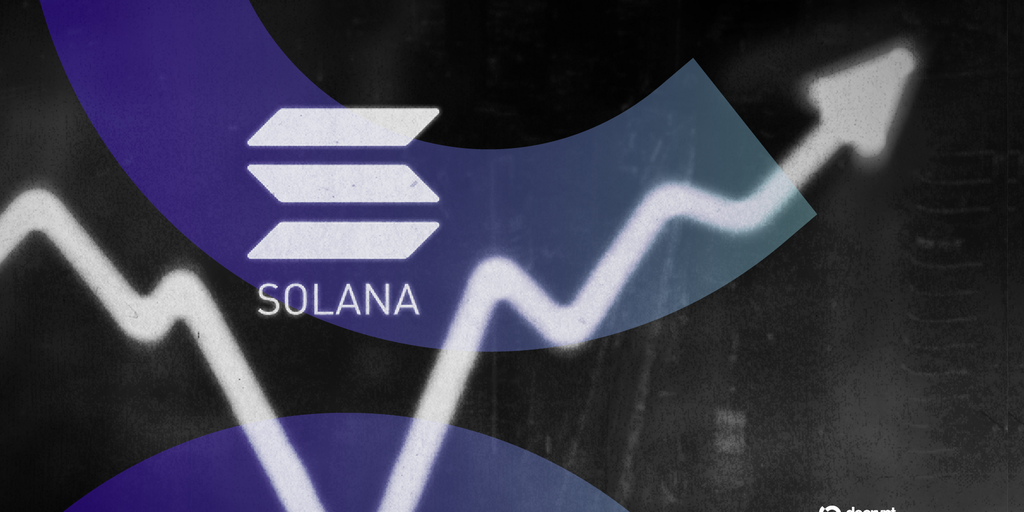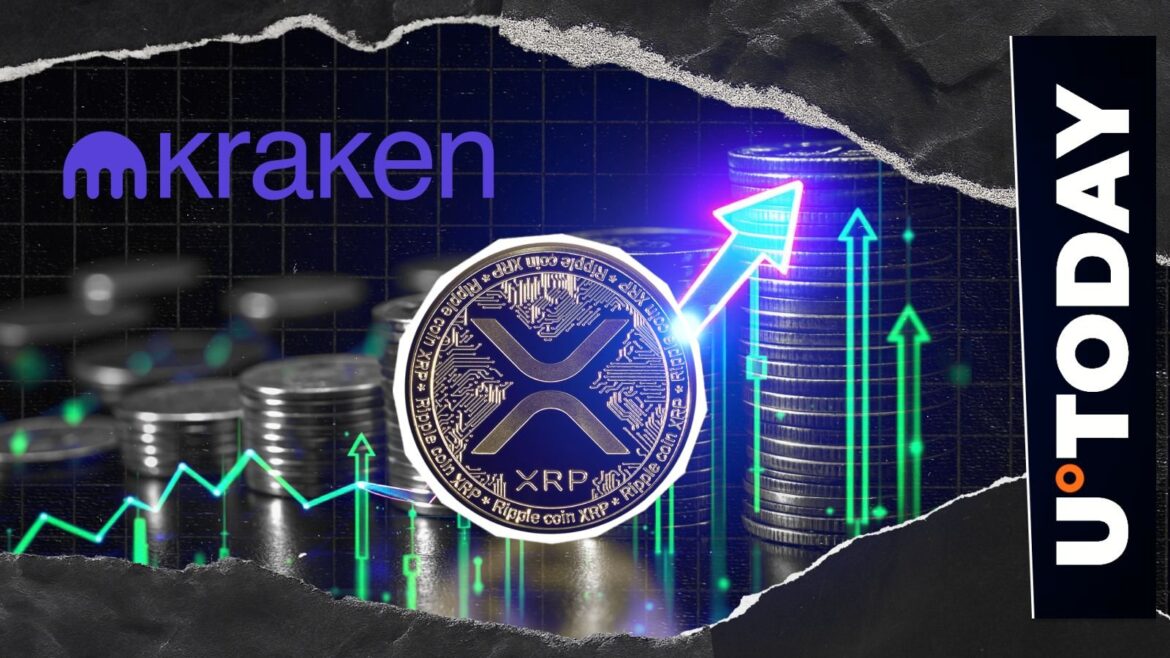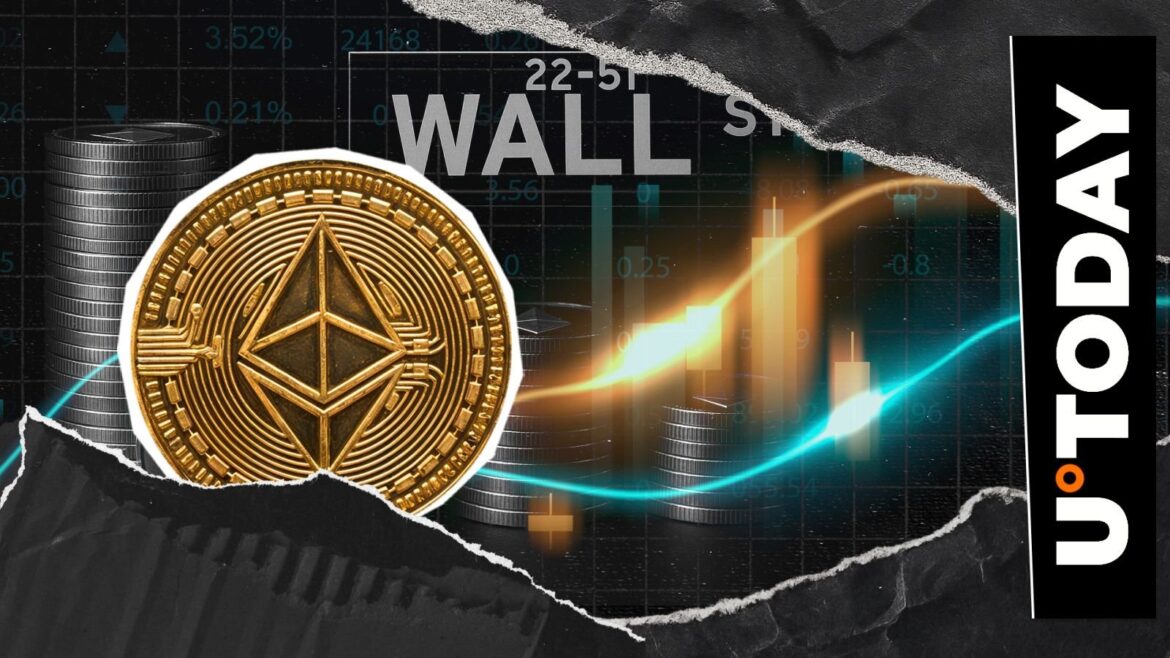In brief
- Nvidia disclosed $46 billion in second-quarter profit.
- The U.S. economy grew at an annual rate of 3.3% in Q2.
- Solana was up 2.3%, as one analyst pointed to interest from treasury firms.
The price of Bitcoin and other cryptocurrencies rose on Thursday as investors mulled the strength of Nvidia’s earnings and signs of a stronger-than-expected U.S. economy.
Bitcoin changed hands around $113,000, a 0.9% increase over the past day, according to crypto data provider CoinGecko. Solana meanwhile rose 2.3% to $212. SOL was up nearly 5% at one point before retreating.
Ethereum and XRP dropped dropped 2.7% and 0.8%, respectively. ETH was trading near $4,500, well off its all-time high set over the weekend.
Nvidia disclosed record profits on Wednesday alongside its ninth straight quarter of year-over-year revenue growth of over 50%. The company took in $46 billion during the second quarter, despite not selling any of its advanced AI chips to China over the period.
The chipmaker’s shares fell 1.3% on Thursday to $179, according to Yahoo Finance. They are still up 2.6% on the week and 34% year-to-date, signaling that conviction in artificial intelligence is continuing to drive sky-high valuations on Wall Street.
For Bitcoin, Nvidia’s fortunes are relevant. The chipmaker has an 8.8% weighting in the S&P 500, so any swing in the $4.4 trillion company’s stock price could affect the market’s top cryptocurrency by market value, given the correlation between crypto and equities.
The U.S. Commerce Department said on Thursday that gross domestic product rose at an annualized rate of 3.3% in the second quarter. Economists initially expected the U.S. economy would grow at a 3.0% annualized rate, suggesting that the U.S. economy performed better under the president’s trade zig zags on tariffs and other trade policies.
Solana’s performance was notable on Thursday, considering that the latest rally in crypto prices has been marked by Ethereum’s strength and climb to a new all-time high.
Since Aug. 10, however, Solana has shown “relative strength” against Bitcoin and Ethereum, with price ratios recovering from recent lows, according to Jake Ostrovskis, an OTC transfer at the crypto market maker Wintermute.
The cryptocurrency has returned to focus amid “growing interest in treasuries targeting the asset,” Ostrovskis said. Earlier this week, The Information reported that venture capital firm Pantera Capital is seeking to raise $1.25 billion for a Nasdaq-listed vehicle that would hold Solana.
Solana treasury firms have the potential to absorb defunct crypto exchange FTX’s vesting supply of tokens, which equates to around 609,000 SOL each month. The bankrupt exchange started making repayments to customers in February.
“By converting this ‘overhang’ into staked, treasury-held assets, effective circulating supply shrinks, countering downward pressure and setting the stage for sustained upside,” Ostrovskis said.
Daily Debrief Newsletter
Start every day with the top news stories right now, plus original features, a podcast, videos and more.










